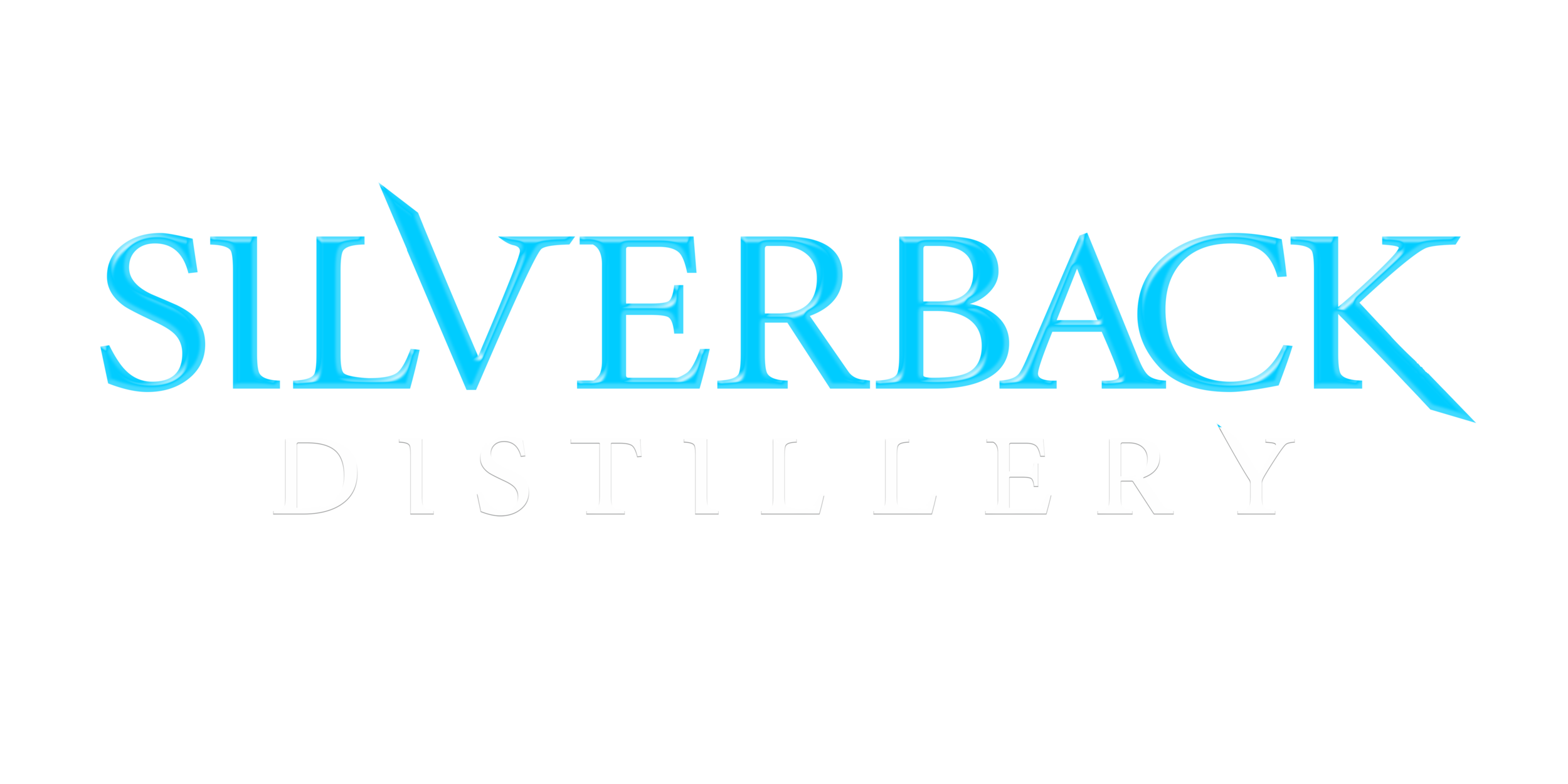Whiskey's Dark and Dangerous History
Whiskey’s Dark and Dangerous History
During the 19th century, whiskey’s popularity increased throughout the United States. Whiskey travelled from Kentucky, Tennessee, and Pennsylvania down navigable rivers to major cities such as New Orleans, St. Louis, Washington, D.C., Philadelphia and New York. The storage and transportation of the liquor in charred, oak casks had become common practice in the 1800s as demand increased. Cask aging mellows the spirit and improves the taste, which consumers began to prefer over the clear, unaged whiskey. Distillers recognized the demand for aged spirits and sold their products as either white whiskey, or “old,” to denote its aged status. Some brand names retain this historic label, such as Old Forrester, Old Taylor, and Old Grand-dad. The “old” in the name did not derisively refer to the man on the label (Forrester, Taylor or Grand-dad), but rather to the spirit within the bottle.
Aging whiskey takes a long time, and ties up money. Unscrupulous businessmen, who called themselves “rectifiers,” used coloring and flavoring such as tobacco and prune juice, iodine, and other dark colored substances, some benign, some dangerous, to give the illusion of an aged spirit. This dishonesty not only meant people were paying for products that were tainted, but some people died from consuming these spirits. Legitimate distillers, led by E.H. Taylor, of Old Taylor and Old Crow fame, protested these practices as forgeries that undercut the value of the truly aged whiskeys. Taylor partnered with the US Secretary of the Treasury John Carlisle to help create a way to distinguish between a truly aged whiskey and a knock off.
Protecting the Whiskey Industry and Consumer
The Bottled in Bond act of 1897 was the first consumer protection law to be passed in the United States. (That’s right, the first law to protect the consumer was on the spirit in your glass. And who says booze does not change the world.) In order to be given the green stamp that labels the bourbon “bonded,” a spirit would need to be aged for four years in a bonded warehouse, made of at least 51% corn distillate and bottled at 50% alcohol, with nothing other than water added. It must bear the name of the distillery where it was produced, and bottled, if different, and it must be from one distilling season, either January to June or July to December.
Obviously, aging bourbon for four years tied up spirits for a while, so Taylor and Carlisle needed to convince the legitimate distillers to get on board to receive their green seal. They lobbied for an excise tax to be levied on the spirit. This tax would be added to the bourbon after it had been aged, and evaporation had drawn off some of the product, rather than at the point of production, which would lead to distillers paying tax on product they could never sell.
This law revolutionized the industry. It led to standards of aging and what could be added to the final product. It established a regulatory arm that could oversee standards in the industry. The Bottled in Bond act, most crucially, made people start thinking about what was in their glass and to check to make sure they were drinking truly aged spirits, not dangerous imitations. Bottled in bond whiskeys quickly became the gold standard of American whiskey as it stood for the highest level of quality and production.
Enforcing the Laws
A decade after the Bottled in Bonded law was passed, the Pure Food and Drug Act of 1906 set the standards for “straight whiskey,” and rectifiers soon sued over these standards. President Teddy Roosevelt interpreted the law strictly, arguing straight whiskey could only have water and neutral spirits added. His successor, President Taft took this a step forward, labelling the addition of neutral spirits as blended whiskey. These decisions around whiskey standardized the spirit, made it safer, and constructed a structure which allowed consumers to know what was in the bottle.
The last addition to the purity of bourbon came in 1964 with the passage of the Senate Concurrent Resolution 19 of May 4. Bourbon was declared a distinctly American product, and could not be produced anywhere else. It also noted that bourbon must conform to the other laws established around the spirit, meaning that all bourbon production needed to adhere to the Bottled in Bond act and the Pure Food and Drug Act.
When you pick up a bottle of your favorite bourbon today and look at the label, with its descriptors, “blended,” “straight bourbon” and “bottled in bond,” know the history behind those concepts, and the seedy stories that brought them to be.
-Written by Dr. Steve Haller
About the Author
Dr. Steve Haller is a historian of Early America and the Scottish Enlightenment. When not studying and teaching history, he is enjoying a whisk(e)y with some friends. He writes about the history of whisky and the great traditions within the whisky industry. He can be found on Instagram and Facebook @whisky_of_life. Follow his writing at : https://whiskyoflife.wordpress.com
